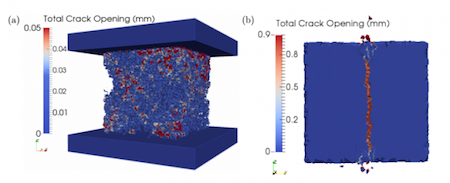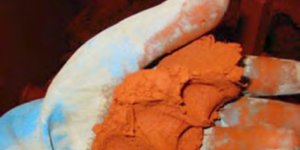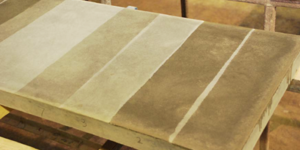
If you read the headline of the article in the Technology Review entitled “Materials Scientists Make Martian Concrete,” it might have turned your head.
The scientific community has been talking about the idea of sending humans to Mars for some time now. It represents an exciting frontier in human development and space travel, but there are numerous obstacles standing in the way of our current technological ability and an achievement like this.
The article was focused on how humans might live on Mars once reaching it is achieved. The colonizers will require some kind of buildings or structures in which to live and work. The article notes that the colonizers can take certain structures with them but this can only be a temporary solution, and a long-term solution will be to be able to build structures using the planet’s own resources. But how?
Lin Wan and researchers at Northwestern University have given us a possible solution. The research team has created a form of concrete that, remarkably, can be made without water and using materials that are widely available on Mars.
According to the article, the key material in a Martian construction boom will be sulphur. the sulphur will be heated to about 240 °C so that it becomes liquid. After it is mixed with Martian soil, which acts as an aggregate, and cooled, the sulphur solidifies, binding the aggregate and creating Martian concrete.
Sulphur has been used to bind aggregates for decades, thanks to certain molecular properties that allow it to become more stable as it is heated and cooled. Check out the original article for more information: www.technologyreview.com/view/545216/materials-scientists-make-martian-concrete
Ref: arxiv.org/abs/1512.05461: A Novel Material for In Situ Construction on Mars: Experiments and Numerical Simulations















